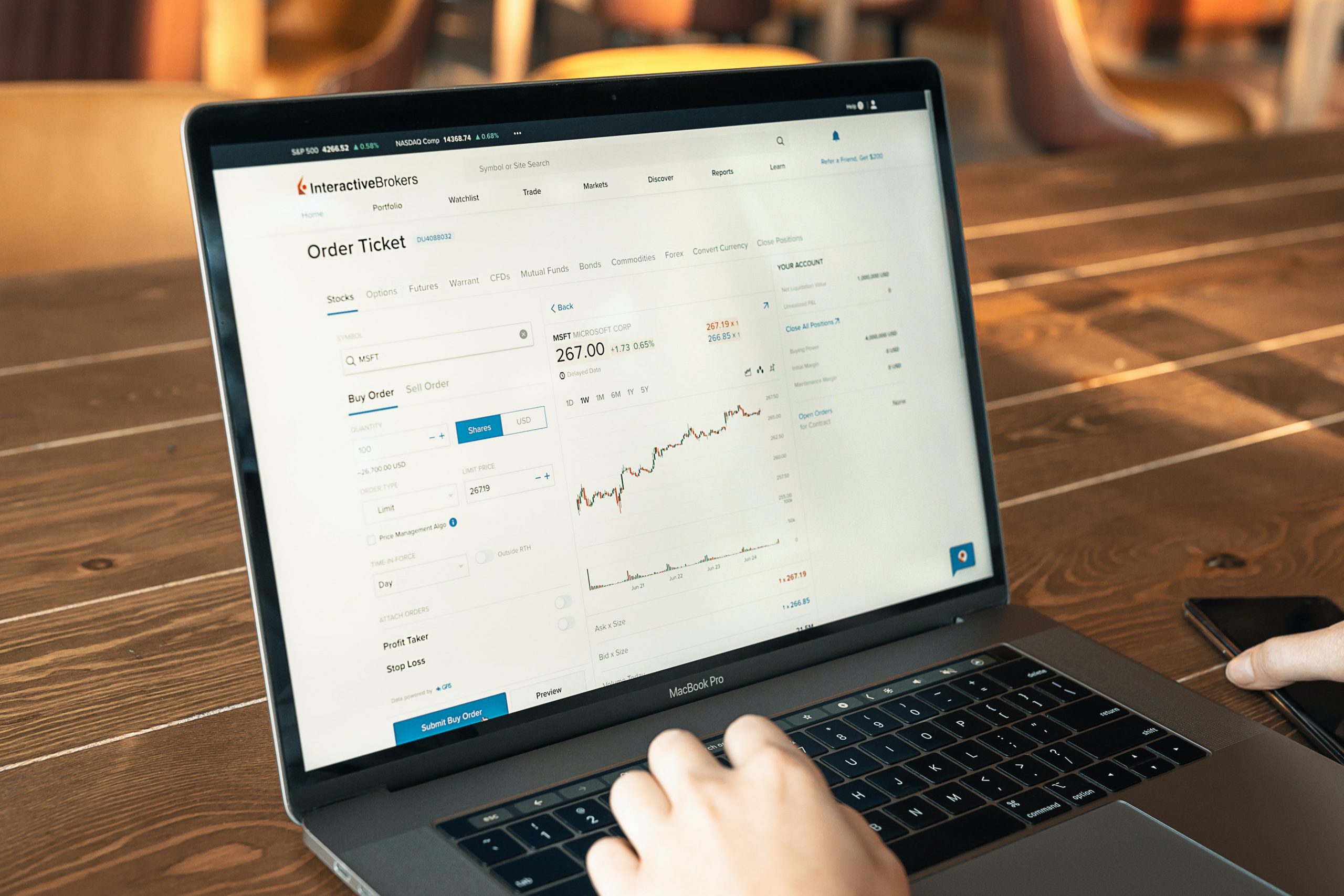When developing an Inventory Replenishment Model, you need to make assumptions depending on the situations you are facing, because it can change the kind of policy and therefore, the kind of model.
So, firstly you need to consider the specific situation and objectives of your model, then you’ll look to optimize the model to that context. That also needs to consider the environment or market of your business.
With that in mind, you can start developing an replenishment model that will optimize your policy for managing inventory. But what must be considered when doing that? Let’s discuss more of replenishment models in this article.
Replenishment Models Objectives
As we established, the main function of a replenishment model is to find an optimal policy for managing inventory. In other words, finding the practice that will reduce the possibility of stockouts and excessive stock.
But what are exactly those policies? We can think of an inventory policy consisting of in basically two things: how much to order (Q) and when to order, that can be time or quantity based or a combination of those.
We explored more about the difference on policies on another article, but basically, a time-based policy orders every specific period and a quantity when stock reaches a certain level.
The policy, then, is a set of rules and instructions that will tell you how much to order and when to order. That will guide the decision-maker trough the process and avoid loss of material.
Replenishment Models Assumptions
So, we already discussed what will be considered when trying to define a policy for your replenishment model. But inside that, what are the assumptions you need to make to avoid mistakes?
There are a lot of details that can impact on your stock and your replenishment models. For instance:
Demand:
When talking about demand, you need to establish if you have a constant demand or if its variable trough time. If you can be sure of what your demand is or if its random and you have no control.
Also, you need to know if you have a continuous demand, that will maintain itself trough time or if it’s a discrete model, when you demand raises and lowers on specific times and conditions.
Lead Time:
Lead time is also an important factor you need to consider. On a unrealistic scenario you can have a instantaneous lead time, with no impact on stock.
But being realistic, you need to see if its constant and you always receive in time or if its variable and you can’t be sure of the precise moment. Basically, it’s important to know if its deterministic or stochastic.
There is also the possibility of being internally replenished, so the lead time is lower.
Dependance of Items:
The materials are independent? You only need them to keep up production and functionality? Are they correlated, so you need to have them together?
Review Time:
You are always reviewing your stock? Daily checking if your inventory is functional and optimal? Or your necessities don’t demand a daily check and you can establish a periodic review, supported by aspects of your stock?
Locations:
You only use one warehouse, and your stock is replenished trough a single location? The transport always uses the same route and spend the same time moving items?
Do you use a lot of locations and because of that lead time is not precise? You need to see what are the better routes? Or you use a multi-echelon model that the item flows trough the whole supply chain?
Capacity:
This one is simpler because you need to consider the limitations of your stock and inventory. On a realistic scenario, you can’t have a unlimited stock, so you’ll only need to establish what are the point of optimization, stockout or excess.
Discounts:
The way of ordering, the quantity and the periodicity can result in discounts for your company? You gain more if you buy more? You increment the quantity of items on each cycle? Will you buy only one time from that supplier?
Excess Demand:
Here is an important aspect. What do you do with excessive demand? There are none and your inventory is optimized? Do you distribute trough your supply chain? Can you substitute items?
Perishability:
How long does it take for your stock to go bad? Is it faster than your cycle? Does it follow a nonlinear time form? Do you have items that perish on different ways? Can you control that?
Planning Horizon:
Are you planning for a single operation and can optimize that so it follows a perfect structure? Or your operations will remain for a finite time and will not reach a continuous flow?
Or the opposite, your operations are already flowing, and you just need to optimize it for continuing to operate and getting better results?
Conclusion
There are a lot of aspects to consider when trying to define a replenishment model that works for your company. We passed trough some of the basic ones, but you won’t be able to predict every single detail.
There are errors and human factors involved but when you are data based, you can reduce the mistakes and improve your efficiency and profitability. For that, a replenishment model with the certain inventory policy is fundamental.

